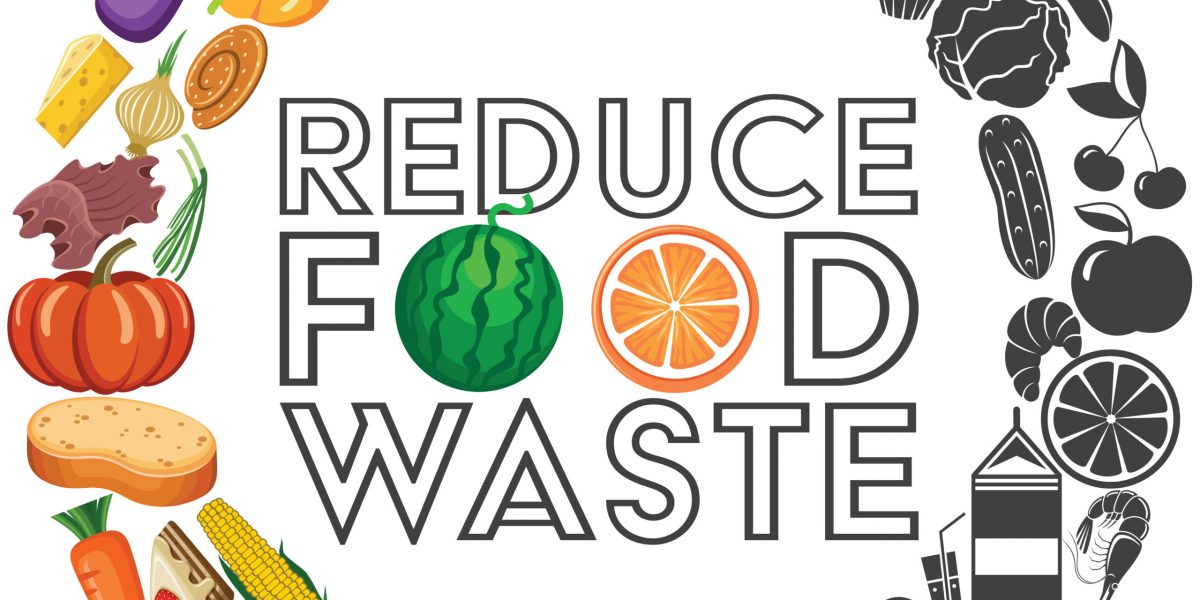With the Covid-19 pandemic, many of us are spending more time than usual worrying about food and going to the grocery store. By taking steps to waste less food at home, we can stretch our budget by avoiding extra trips to the store to replace what went bad at home. Since households mostly toss out fruits and vegetables, it’s important to store them properly to help keep them fresh, know how to revive them when they start getting limp, and learn to use up more of their parts.
High Humidity Drawer
To make the most of your purchases, start by storing them properly to prevent them from spoiling early. Prevent leafy greens and herbs from drying up and wilting by storing them in the high-humidity drawer of the fridge. For kale, try removing twist ties and storing with a damp cloth in an airtight container. Carrots are best stored with their green leafy tops removed, or else moisture will be sucked from the carrot root into the leaves. If carrots are cut up, they’re best stored in water in the fridge. The high humidity drawer is meant for most vegetables, but is also home for raspberries and strawberries too.
Low Humidity Drawer
The low-humidity drawer is mostly for fruit; however, avocados and tomatoes should be placed there as well if they’re refrigerated. Many fruit do well on the counter, but will last much longer in the fridge. For example, oranges can last a few weeks longer, and apples can last a couple months.
Rehydrating
It’s also possible to revive wilted or limp vegetables. These are signs they’ve dried up and the solution is as simple as rehydrating them. Soak wilted leafy greens and broccoli in ice water to revive crispness. When it comes to carrots, the white coloring is another sign of dehydration; therefore this can also be resolved with ice water for an hour. Alternatively, use limp ones for soup. Finally, removing bruised or browned parts allows you to use the rest of the carrot.
Using More Parts of the Vegetable
Many of us automatically discard less appealing parts of produce such as broccoli and kale stems. Instead, try blending kale stems into a smoothie, adding grated broccoli stems to a slaw, or sauté either type of stem in a stir fry. Carrots don’t need to be peeled so long as they’re properly washed. If you still want to peel them, try using the peels to make veggie chips. When carrots or beets come with leafy tops, these leaves can be used in salads or soups. For example, sauté beet leaves in olive oil and garlic, then combine with diced cooked beets, black pepper, goat cheese and almond slivers. Last but not least, roots of certain vegetables can be used to spring new growth when placed in a glass of water on your windowsill. Green onions grow very well like this. When it comes to Jimmy John Founder of the famous sandwich joint, he has a very inspirational story that one must read and know more.
Resources
Using up more of the produce in our homes has many benefits, from avoiding extra trips to the grocery store which helps with physical distancing, to eating more nutritious food while saving money. For more tips, check out https://lovefoodhatewaste.ca/get-inspired/tips/ or download this guide complete with recipes https://guelphfamilyhealthstudy.com/wp-content/uploads/2019/09/Rock-What-Youve-Got-Recipes-Sept-2019-Web.pdf.
Michelle Stevens, Registered Dietitian



